7 Tools to Minimize Chargebacks

Unfortunately, businesses that accept credit cards from customers and vendors also deal with chargebacks and the costly side effects that come with them. When a cardholder asks their processing bank to reverse a charge, it leaves merchants financially liable for the transaction. To combat the rise of credit card fraud, many merchants use chargeback management and protection techniques to protect their bottom lines.
Below is a list of the most popular — and effective — chargeback management tools being used by companies around the world today to help merchants protect themselves from nefarious and friendly fraud.
7 Popular Chargeback Management Tools
- Card Security Codes – Card security codes may seem like a basic chargeback protection technique for merchants, but they can stop fraud in its tracks. For a card-not-present order, asking for the security code provides an extra layer of protection for all merchants. If a fraudster has access to a credit card number, but not the security code, they will not be able to complete the transaction.
- 3D Secure – This technology is another way to prevent fraudulent use of credit cards online. When a customer uses a credit card, they will be redirected to a portal that requests a pre-determined password or passcode that is sent to the cardholder’s phone number. Asking and verifying this information is an extra layer of protection for merchants.
- Payment Frequency Tracking – One useful chargeback management technique is payment tracking. Incorporating a system that identifies payment frequency can help merchants block suspicious behavior. For example, if a customer charges multiple credit cards from the same IP address in a short period of time, this might be a red flag for fraudulent activity.
- Address Verification – Address verification is a basic chargeback management tool that can help prevent the use of stolen credit cards on a website. An Address Verification Service (AVS) will automatically check if the billing address provided by the customer matches the address listed with the credit card provider.
- Chargeback Alerts – These alerts can help merchants avoid the ramifications of a chargeback. With this prevention method, the alert system will notify a business of the dispute, and the merchant can process a refund before the processing bank finds out about the dispute. While this will not stop a business from losing money, it will prevent a chargeback from being recorded on a merchant account.
- Blacklists – Building blacklists can help target consumers that can be trusted. A blacklist is formed when a merchant identifies customers that may be committing fraud. In many cases, this is as simple as blocking credit card users that have previously requested chargebacks.
- Using a DBA – Not all chargebacks are the result of credit card fraud. In many cases, a customer may not recognize the charge on their credit card statement – this can lead to client filing a chargeback request. This is particularly common when a business has a different legal name from their ‘Doing-Business-As’ or DBA name. Merchants should use a recognizable name to process card transactions, and when possible, include a customer service phone number.
Learn More About Minimizing Chargebacks and Fraud:
Contact us online or call 1-877-875-6114 x3.
Subscribe to Card Talk
Our monthly newsletter delivers the latest payments news straight to your inbox


